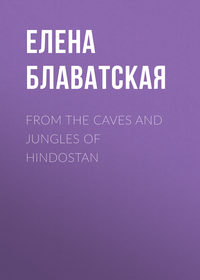Kitabı oku: «From the Caves and Jungles of Hindostan», sayfa 4
Bir şeyler ters gitti, lütfen daha sonra tekrar deneyin
Türler ve etiketler
Yaş sınırı:
0+Litres'teki yayın tarihi:
21 mayıs 2019Hacim:
350 s. 1 illüstrasyonTelif hakkı:
Public Domain